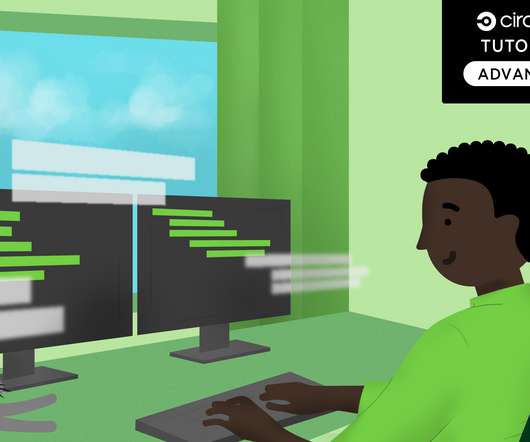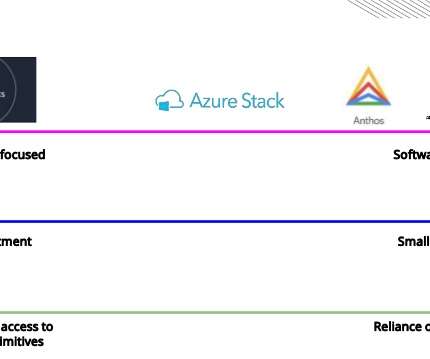Infrastructure Engineer: Key Duties, Skills, and Background
Altexsoft
JULY 4, 2022
Windows/ Linux operating systems, networks, network protocols, and recovery procedures, virtual machines, web servers, database management systems (Oracle, MySQL, PostgreSQL, to name a few), application programming interfaces (APIs) and their types ( REST , SOAP , GraphQL , etc), and more. Broad IT background. System administration.
















Let's personalize your content